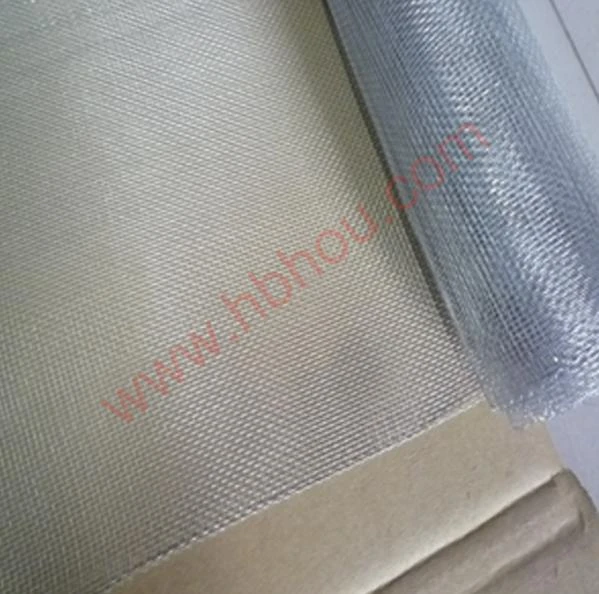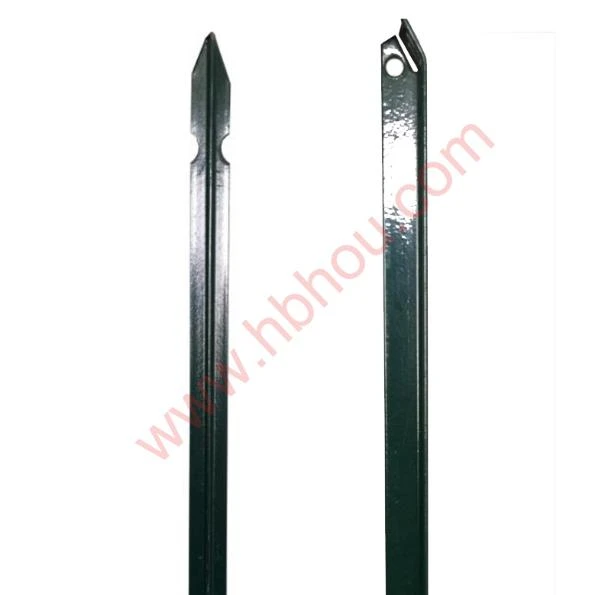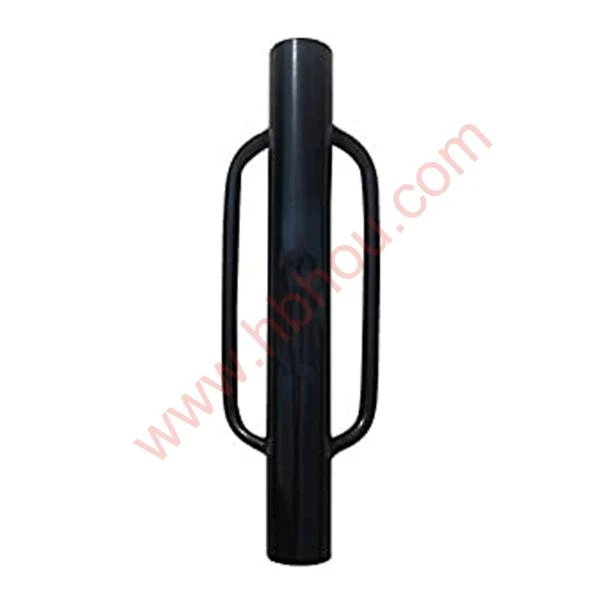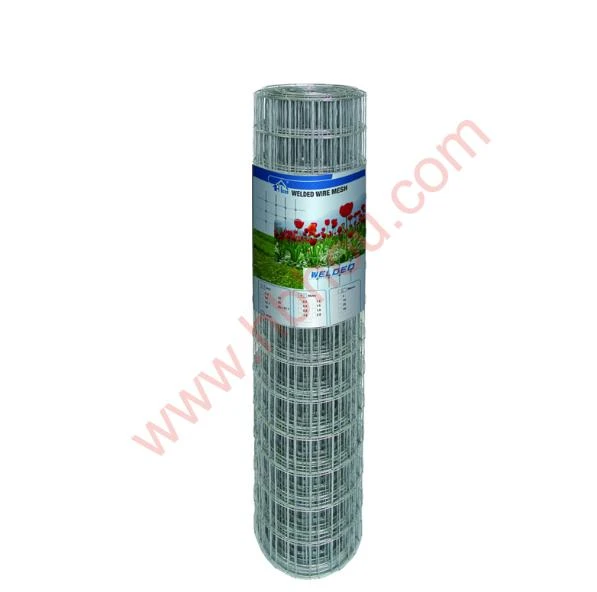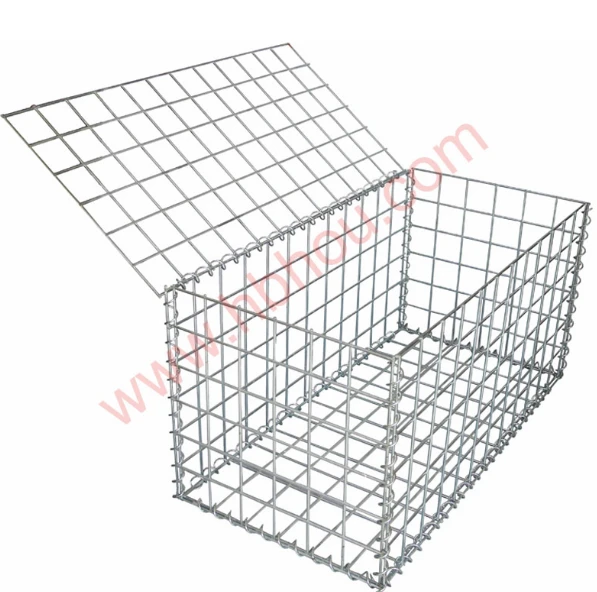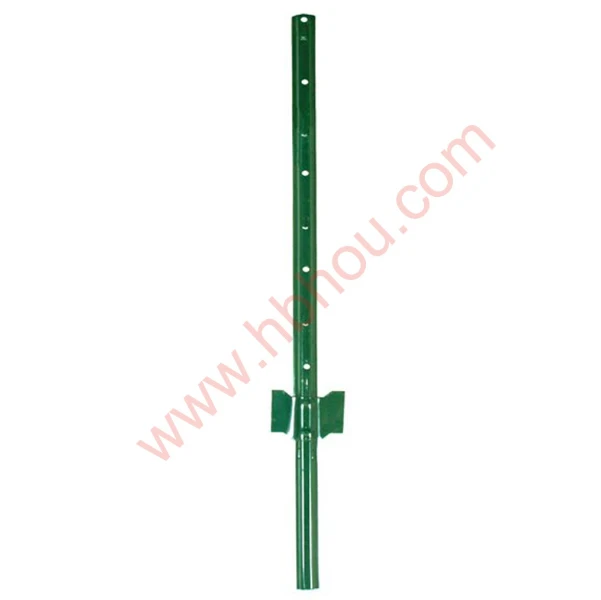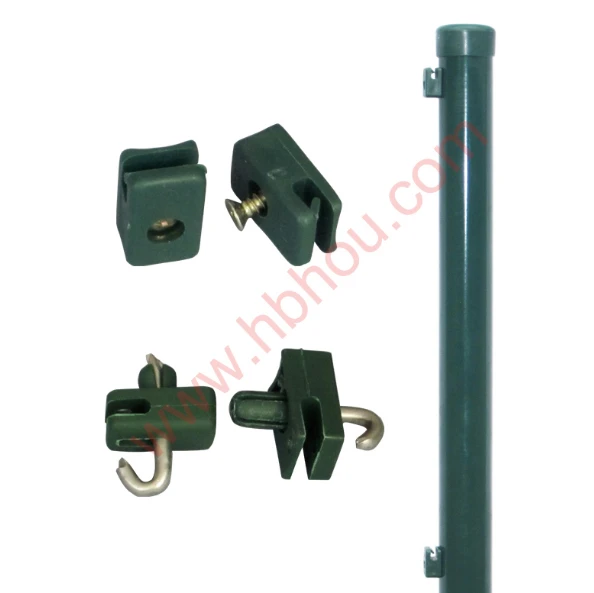Understanding Wild Hog Live Traps Effective Solutions for Human-Wildlife Conflict
The increasing population of wild hogs, or feral pigs, has become a significant issue across various regions globally. Known for their destructive feeding habits, these animals can devastate crops, damage property, and disrupt local ecosystems. As landowners and wildlife managers grapple with the challenges posed by wild hogs, the use of live traps stands out as a humane and effective solution. This article explores the advantages of live traps for capturing wild hogs and offers insights into their use and effectiveness.
What are Wild Hog Live Traps?
Live traps are specially designed enclosures that allow for the safe capture of wild hogs without harming them. Typically constructed from heavy-duty wire mesh or metal, these traps come in various sizes to accommodate the different dimensions of wild hogs. Most live traps are designed with a one-way door mechanism that allows pigs to enter but prevents them from exiting. When strategically placed in areas frequented by wild hogs, these traps can significantly reduce their populations without resorting to lethal methods.
Advantages of Using Live Traps
1. Humaneness One of the most significant benefits of using live traps is that they offer a more humane approach to handling wildlife. Unlike other methods, such as hunting or poisoning, live traps allow for the relocation of captured animals, minimizing suffering and ethical concerns.
2. Efficiency Live traps enable effective population control. By capturing multiple hogs in a short period, landowners can address the problem before it escalates. Many traps are designed to allow for the simultaneous capture of multiple hogs, increasing efficiency.
3. Safety for Humans and Pets Wild hogs can be aggressive when threatened, posing risks to people and pets. Live traps minimize human-wildlife interactions. By capturing wild hogs in a controlled manner, the chances of direct confrontation are reduced.
4. Targeted Removal Using live traps allows for selective removal of wild hogs. This is particularly advantageous for landowners who wish to maintain a healthy ecosystem or preserve specific wildlife species. Unlike broader methods that may unintentionally harm non-target species, live traps focus solely on invasive hog populations.
5. Versatility Live traps can be used in various environments—from farms and gardens to wooded areas and wetlands. This adaptability makes them suitable for various scenarios, providing a valuable tool for land management.
wild hog live traps

Setting Up Live Traps
To successfully capture wild hogs using live traps, it is essential to follow certain best practices
1. Location Identify areas where hogs are frequently seen, such as near feeding sites, bedding areas, or water sources. Placing the trap in these locations increases the likelihood of capture.
2. Baiting Effective baiting is crucial to lure hogs into the trap. Common baits include corn, fruit, or commercial hog attractants. Ensuring that the bait is enticing and accessible will improve capture rates.
3. Monitoring Regularly checking the traps is essential to ensure the well-being of trapped animals and to avoid prolonged confinement. Traps should be checked at least once a day to remove captured hogs promptly.
4. Legal Considerations Before setting up live traps, it's important to check local laws and regulations regarding the trapping and relocation of wild hogs. Some regions may have specific guidelines or restrictions.
Challenges and Considerations
While live traps are a valuable tool, they do come with challenges. Animals can be wary of new structures, and it may take time for them to approach a trap. Additionally, overcrowding in traps can lead to stress and injury among captured hogs. It's crucial to monitor the traps closely and ensure that captured animals are handled humanely.
Conclusion
The use of wild hog live traps presents a practical, humane, and effective solution for managing wild hog populations. By understanding the benefits and best practices associated with these traps, landowners and wildlife managers can mitigate the impacts of feral pigs on agriculture and local ecosystems. Ultimately, while challenges may exist, the role of live traps in wildlife management is essential in fostering coexistence between humans and nature.









